What is moss?
Moss is part of a big family of Bryophytes which include mosses, liveworts and hornworts. These are mainly green, flowerless plants which reproduce by spores or asexual tubes. Mosses are very low in the evolution stage and haven’t formed a way to bloom. However, they are one of the most adaptable plants and can always find a way to grow, even in a very non friendly environment.
Sphagnum moss characteristics
Sphagnum moss is an interesting plant with interesting growth pattern and other characteristics:
- Habitat: Sphagnum mosses typically grow in boggy areas around lakes and rivers, where the soil is acidic and nutrient-poor. These extreme conditions deter most other plants, but sphagnum thrives due to its unique adaptations.
- Water Absorption: Sphagnum moss can hold large amounts of water within its cells, up to 20 times its own weight! This capability is due to its dead, empty cells called hyaline cells that fill up with water. This allows the moss to survive in wet boggy habitats and helps create waterlogged conditions which deter competition from other plants.
- Growth Pattern: The moss grows in all directions, upwards and outwards. As new cells form at the apex of the plant, the older, lower parts die off and begin to decompose. This continuous cycle of growth and decomposition results in the accumulation of peat, which is essentially partially decomposed organic matter.
Pink Moss
Pink and Red moss is a thing! We don’t use any artificial colours or dye, there is not any magic and just nature. Pink colour may vary from light pink, reddish, orange or dark deep wine red.
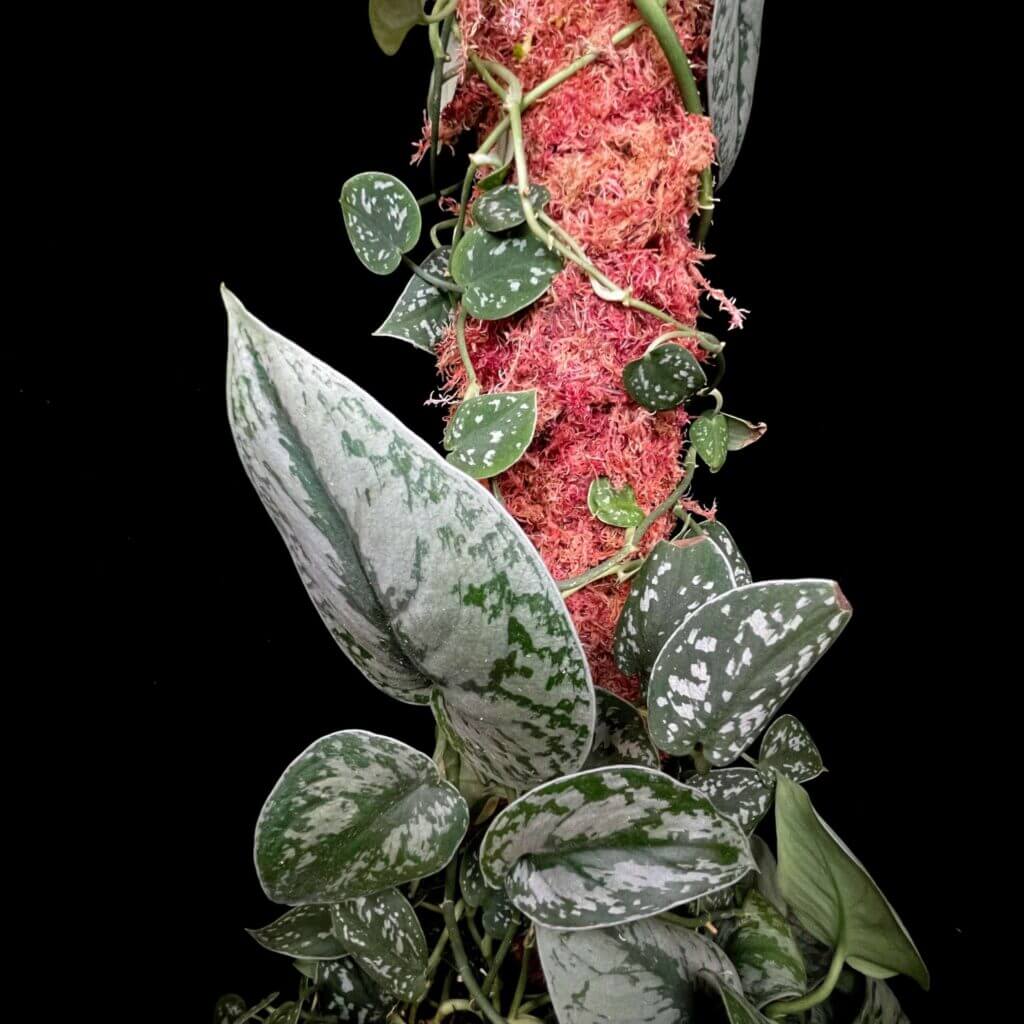
Our Sources
Highland Moss moss is sourced from commercial land where we have exclusive access. Our main site is Foudland Hill up near Insch in the North East of Scotland. Collecting with permission is very important as Under the Wildlife and Countryside Act 1981 it is unlawful to uproot any wild plant without permission.
We are a small business, working on a small scale and making sure not to exploit nature and let it grow back before we will collect it again from the same location. Some of our moss is collected from locations which are allocated to plant trees and we are trying to pick our moss before the area will be destroyed by heavy machinery.
Moss or not moss?
Most of us have heard about Marimo Moss or Spanish Moss but did you know that these plants are not really mosses? We often use the term ‘’moss’’ to describe plants with specific texture or colour.
Some common non-mosses include:
- Irish Moss (Arenaria verna) perennial evergreen used as ornamental rock cover in gardens
- Another Irish Moss, this time oceanic algae used in food industry
- Spanish Moss (Tillandsia) which is a cousin of pineapple
- Reindeer moss (a few different kinds of Cladonia genus) which is not only food for reindeer but also used to decorate mossarium, terrariums and in preserved form for florists and art projects. It is a kind of Lichen.
- Phlox subulata with bright pink flowers which looks like soft carpets, used in rock gardening.
- Marimo moss – the moss balls are in fact an accumulation of algae.
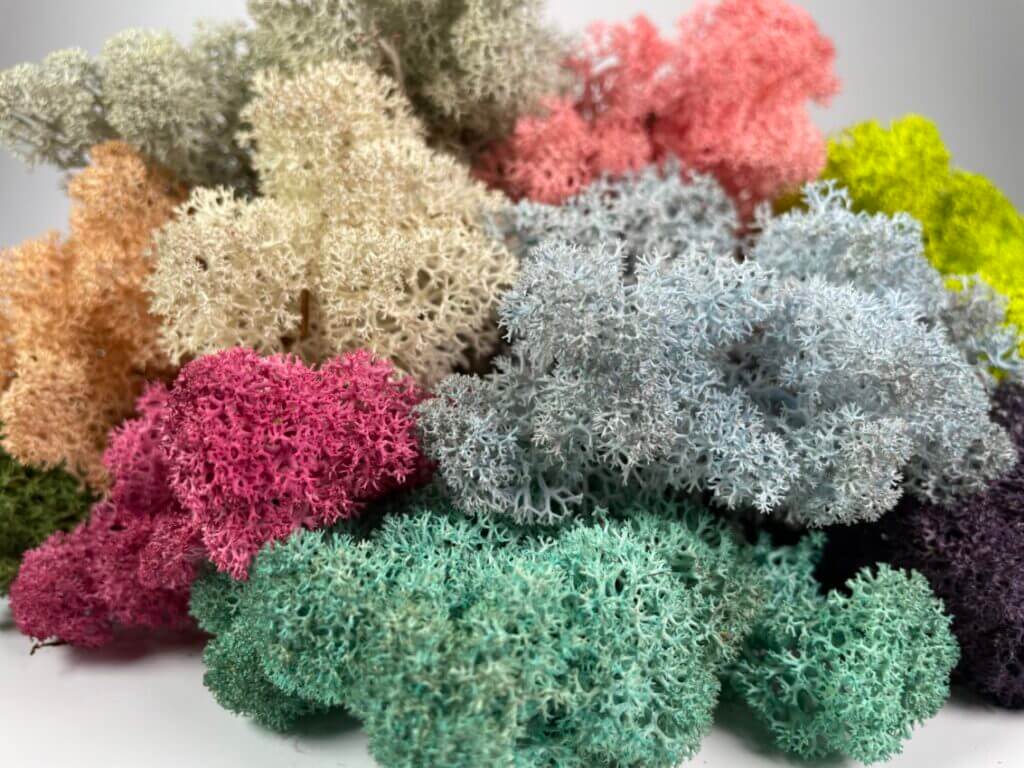

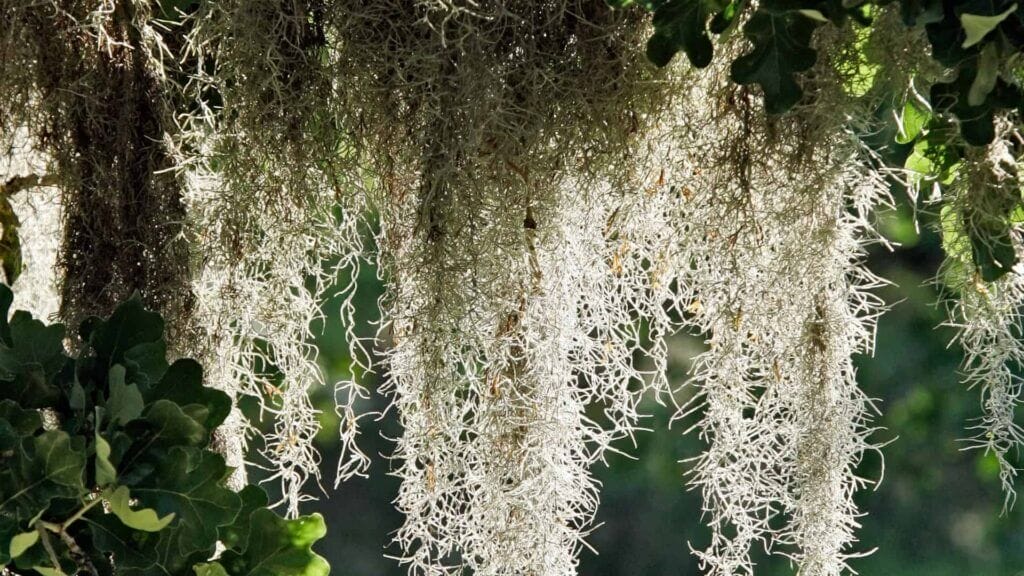
References
Mosses and Liveworts of Britan and Ireland a field guide by British Bryological Society
Moss Gardening Including Lichens, Livworths, and other Miniatures by George Schenk
Leave a Reply
You must be logged in to post a comment.



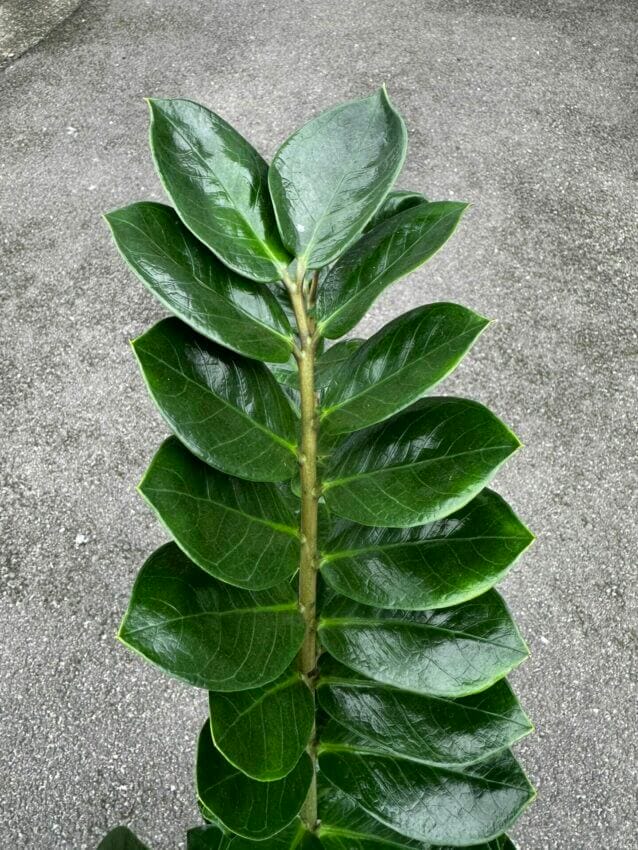






























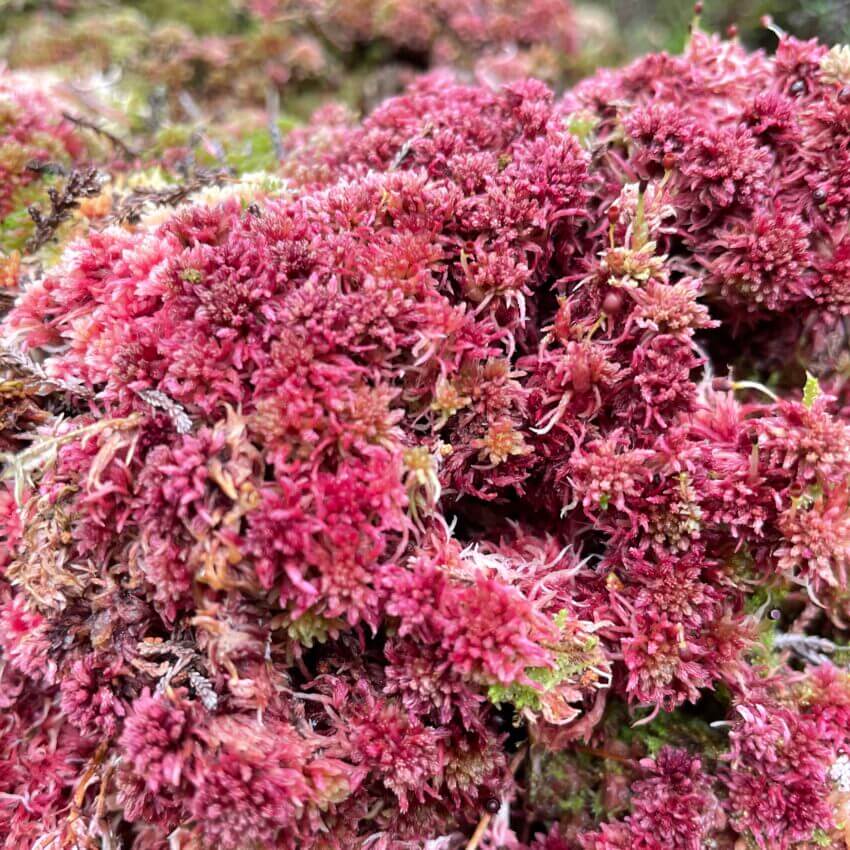


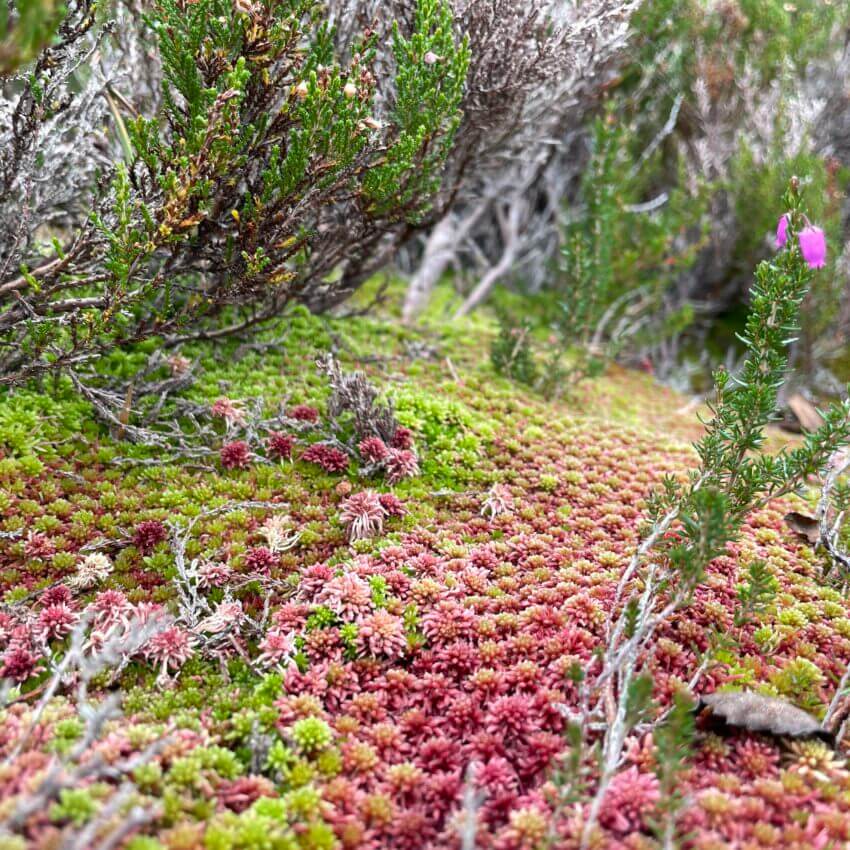

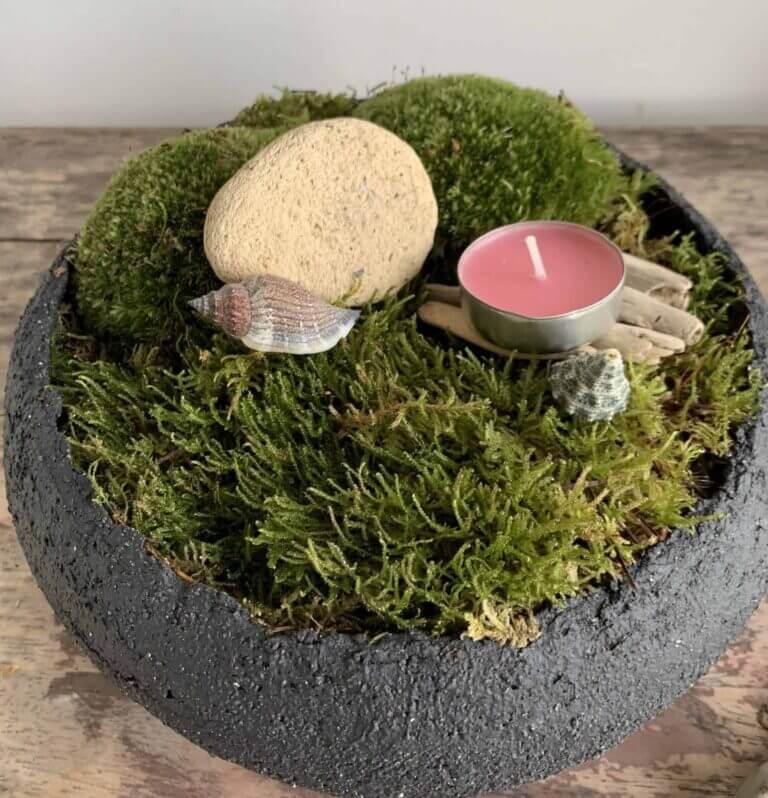
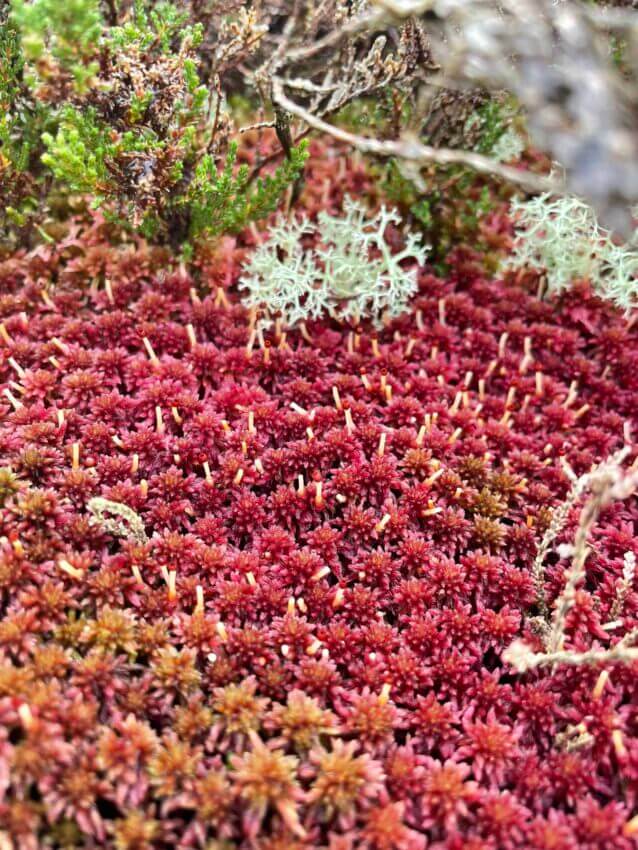

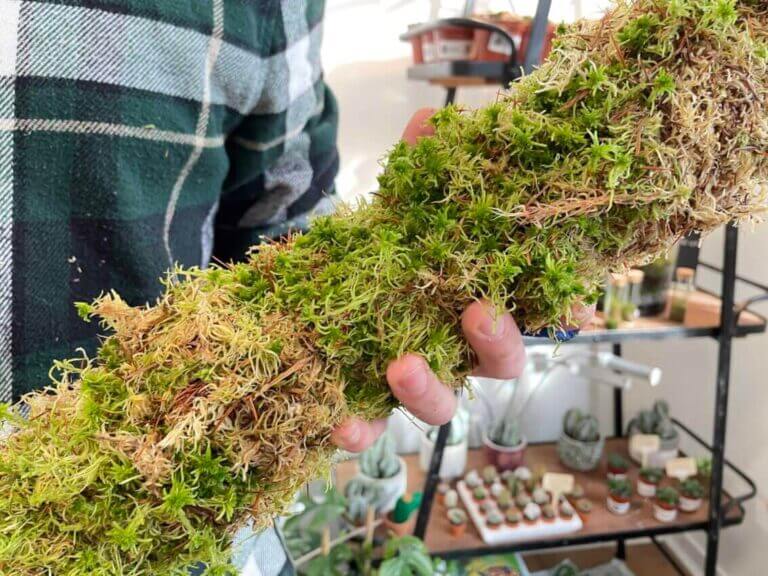
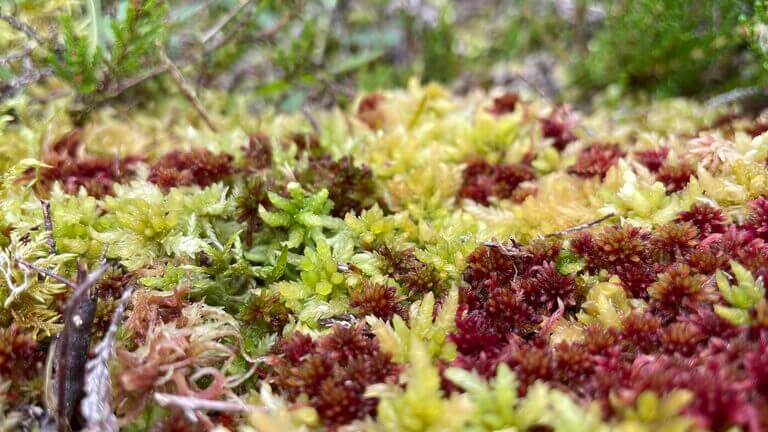

I did not know that sphagnum moss comes in such a big range of colours until I received my first moss pole. Prior to that I was used to see either the dry moss bags or the mushy moss from big box stores which looks sad and brown. The strong pink/reddish hues are great to bring contrast against the foliage of the plants.